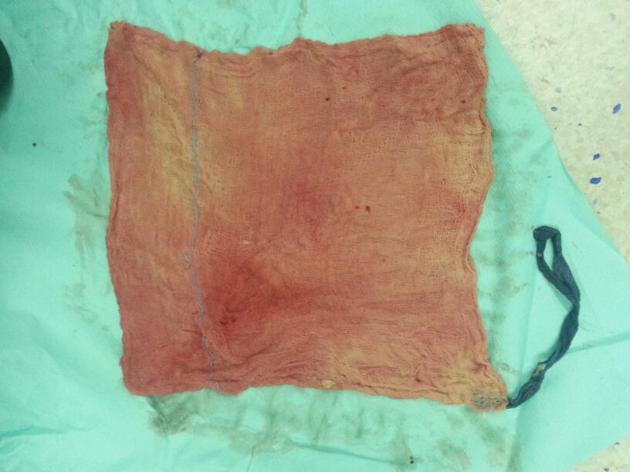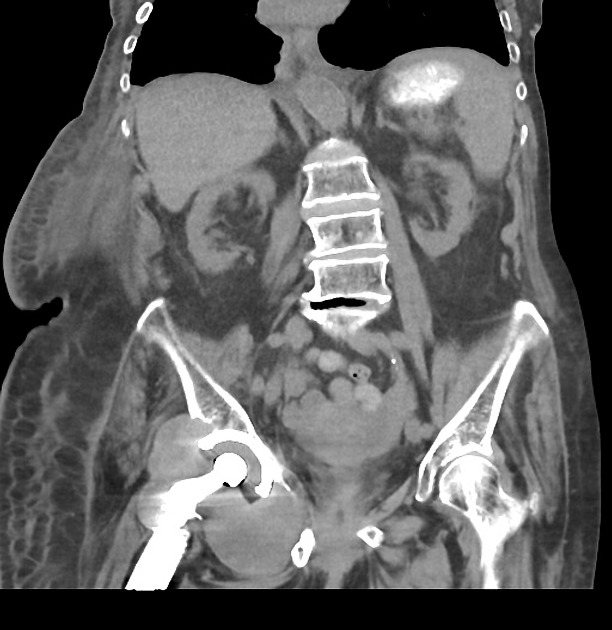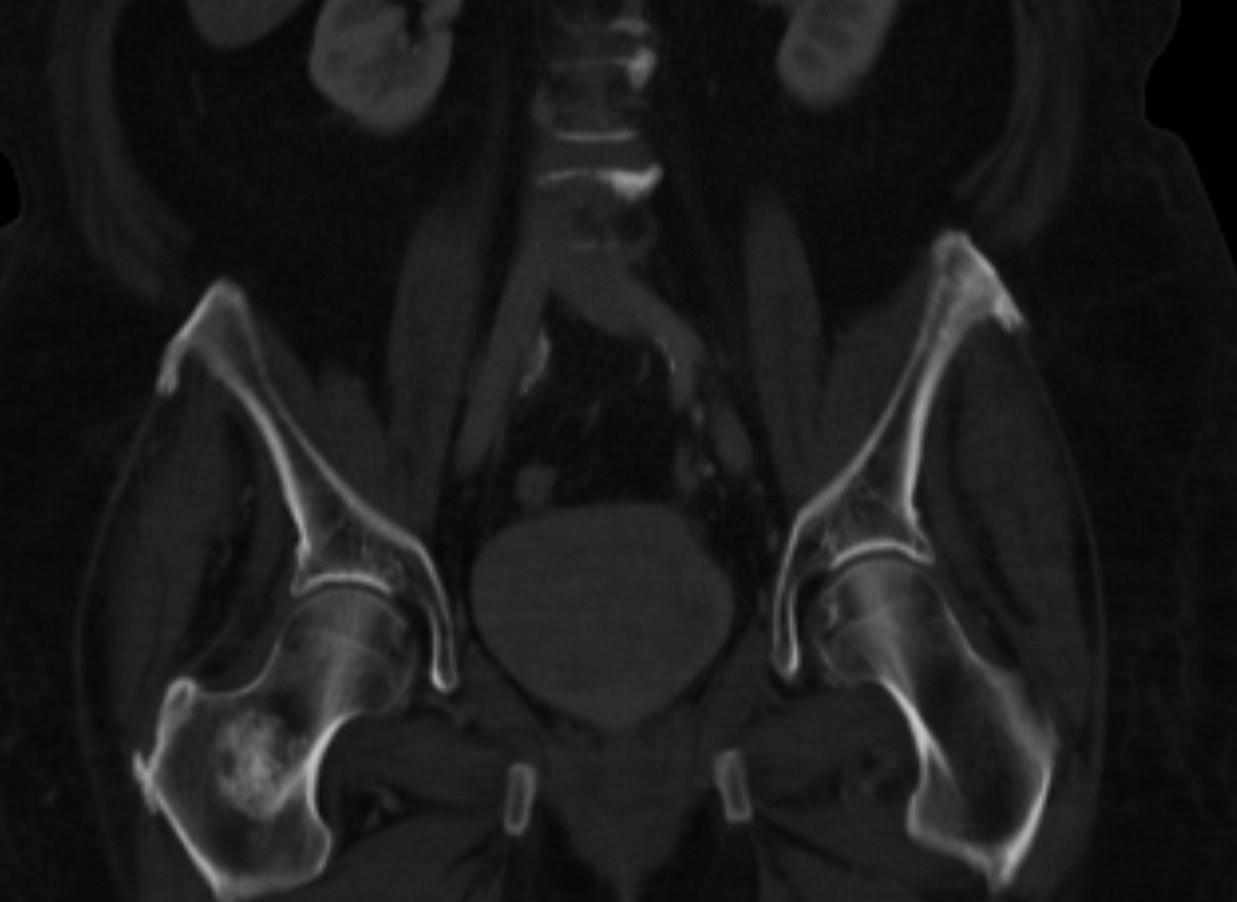foreign body granuloma




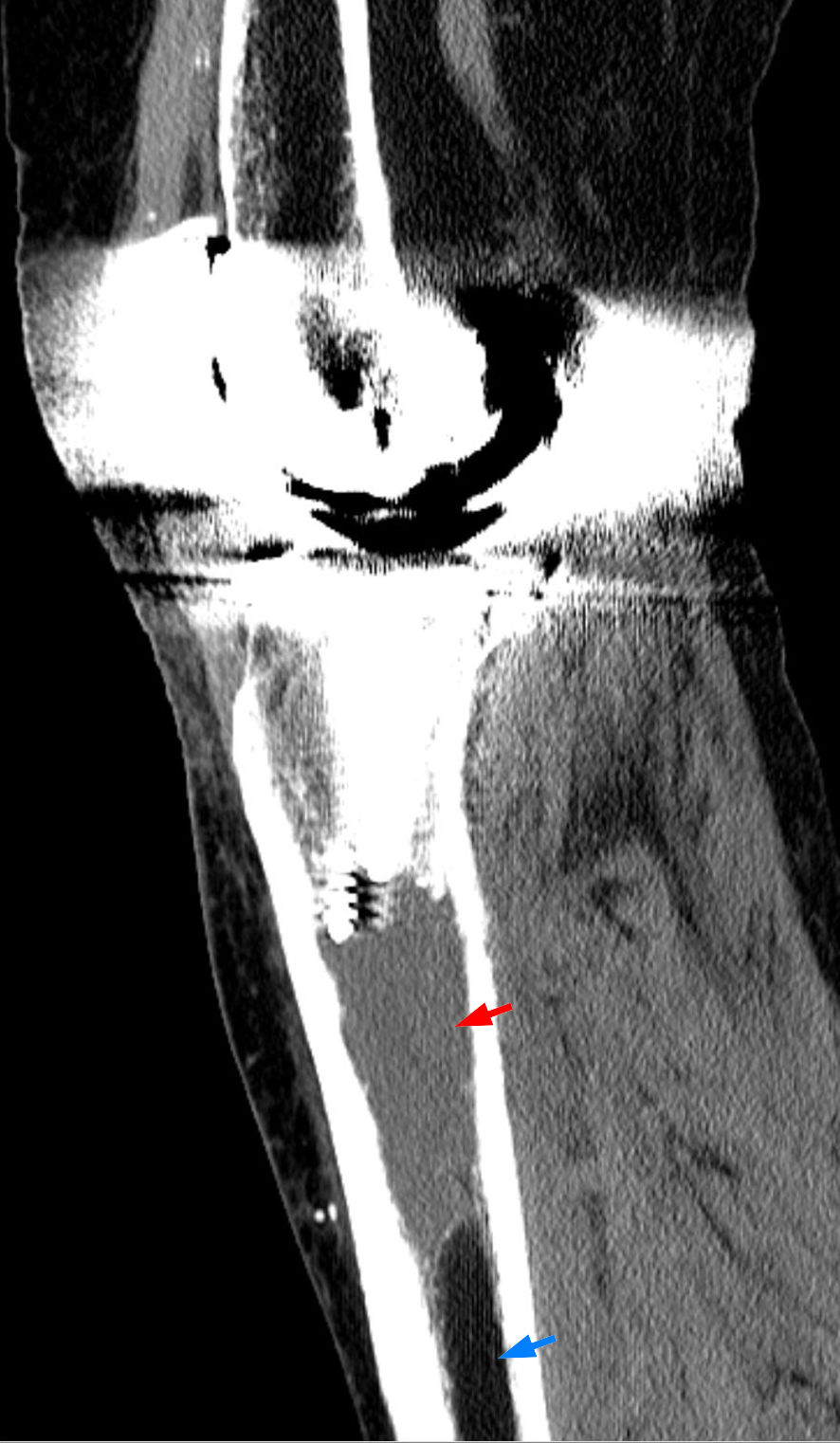
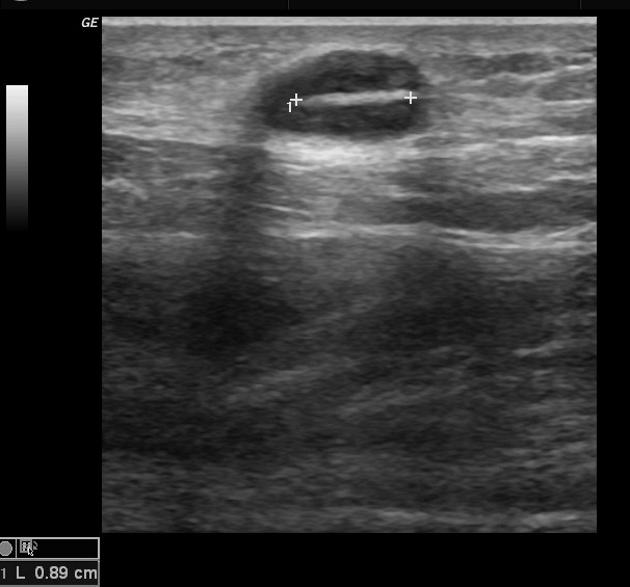
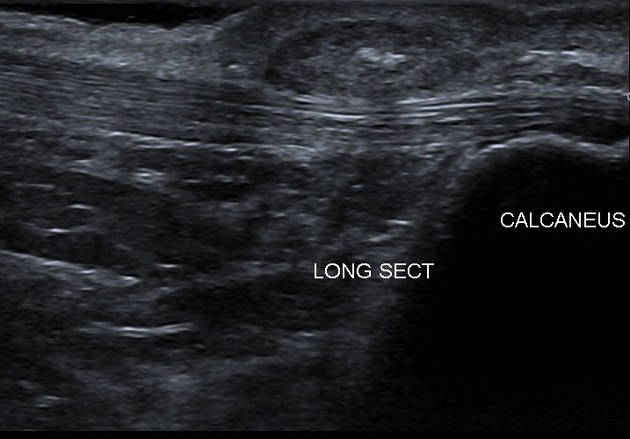
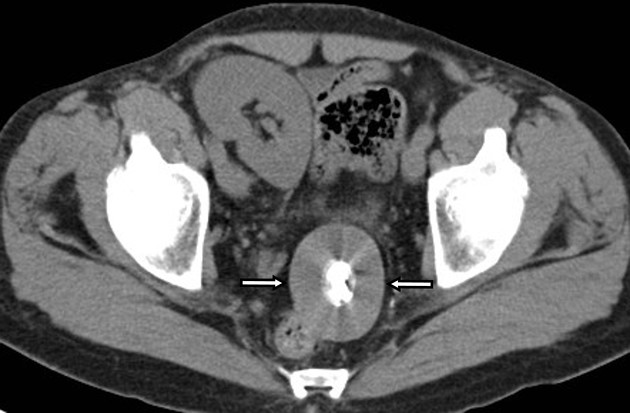
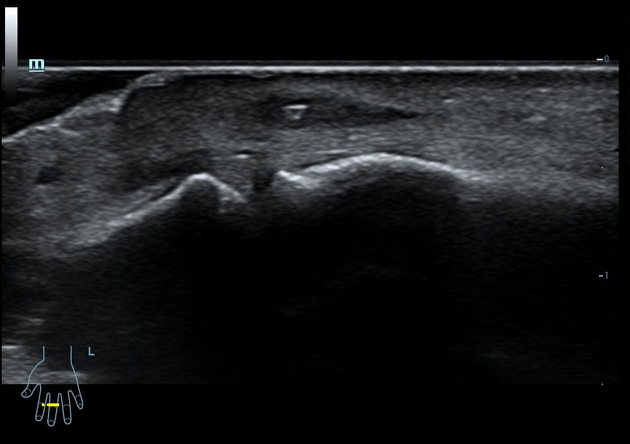
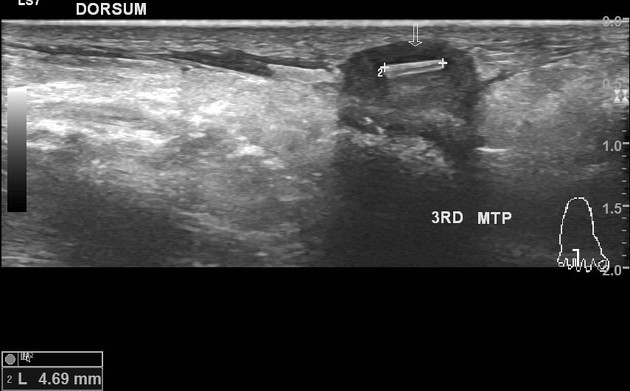
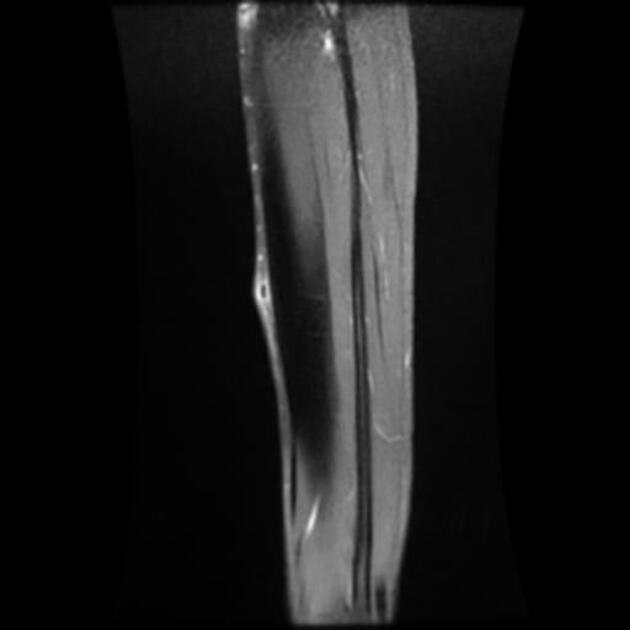
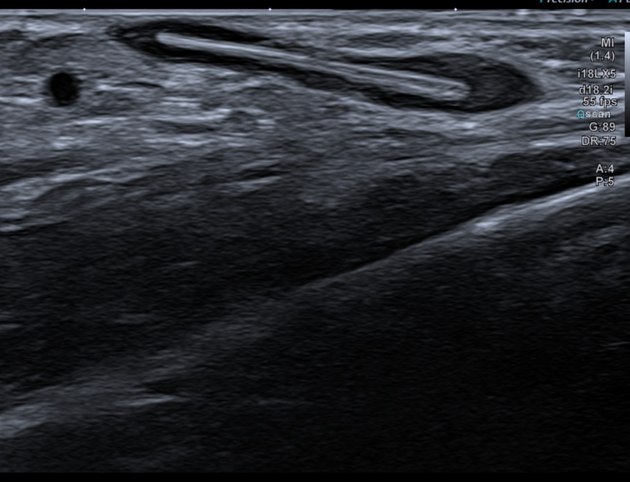
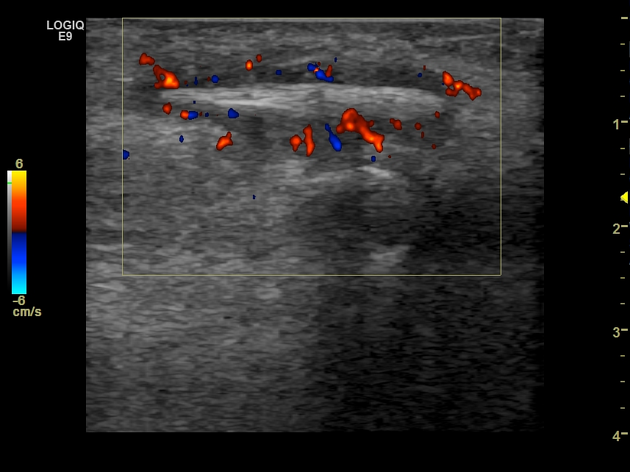

Foreign body granulomas represent a tissue granulomatous reaction to retained foreign bodies.
Clinical presentation
Foreign body granulomas typically present as a tender mass .
Pathology
Granulatmous reactions aim to either resorb organic (e.g. wood,) or sequester inorganic (e.g. metal, glass) foreign bodies. If the foreign body completely resorbed the granulomatous reaction ceases but if not a capsule forms around the foreign body with the immune reaction often becoming inactive. If there is damage to the capsule then the granulomatous reaction, and possibly symptoms, recurs .
Radiographic features
Lesion morphology can vary widely and depends on the material, size and location of the foreign body .
Ultrasound
High frequency (>10 MHz) linear probe is useful :
- foreign bodies typically appear echogenic with posterior acoustic shadowing
- foreign body granuloma appears as a hypoechoic halo that can consist of hematoma, edema and/or granulation tissue
MRI
A long-standing foreign body granuloma will have a capsule with the following signal characteristics :
- T1: low signal
- T2: low signal
- T1C+: linear enhancement
Practical points
- foreign body granulomas have been misdiagnosed as soft tissue tumors when a foreign body is not seen or recognized
Siehe auch:
- Fremdkörper
- Gossypibom
- Prothesenlockerung
- aggressive granulomatosis post hip replacement
- Knochenmetastasen
und weiter:

 Assoziationen und Differentialdiagnosen zu Fremdkörpergranulom:
Assoziationen und Differentialdiagnosen zu Fremdkörpergranulom:

